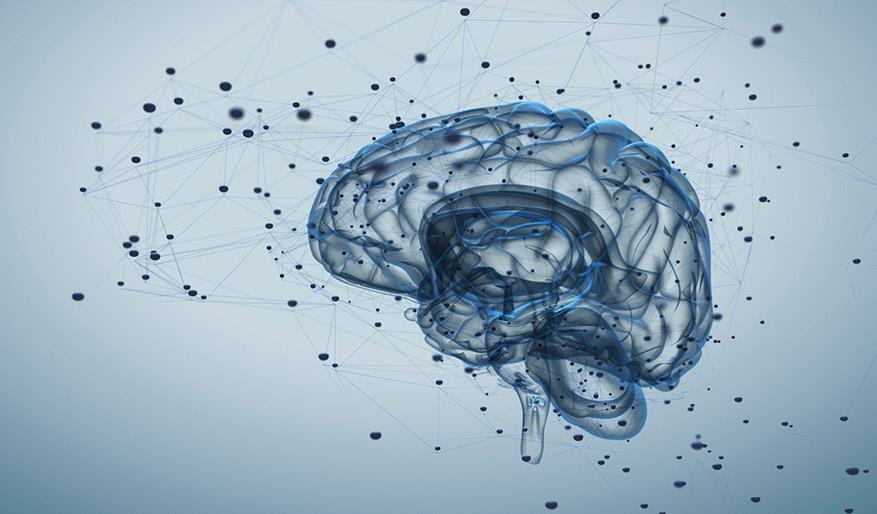Our Doctors
Meet all the doctors from Cleveland Clinic Abu Dhabi.
View Doctors
Epileptic seizures are classified according to a number of factors.

While many people may experience a seizure at some point in their lives, this does not mean they have epilepsy. Seizures can be caused by a number of things, such as low blood sugar, a disturbance in electrolytes, a change in the way the heart is working, or in children, a very high fever, among other causes. These are called provoked seizures and do not automatically mean that you have epilepsy, which is often a life-long condition.
Epilepsy is a brain disorder leading to unprovoked seizures that recur over time. In this article, we take a look at different types of epileptic seizures and their causes. If you or a loved one has epilepsy, it can be helpful to identify the type of seizure, how it may affect you, and how you can help.
What causes epileptic seizures?
Epileptic seizures are caused by a sudden discharge of electrical signals from brain cells. Our brain has millions of nerve cells, controlling the way we think, feel and move. These cells pass electrical signals to one another, but if the signals are disrupted, or too many are sent at once, it causes a seizure.
This sudden burst of uncontrolled electrical signals can cause changes in awareness, muscle control (causing muscles to twitch or jerk), sensations, behavior and emotions. There are many pharmacological and surgical treatments that help control, and in some instances, cure epilepsy.
Epileptic seizures can happen suddenly, with or without a warning (called an aura), and in most instances, stop by themselves. Seizures can be different for everyone and don’t always involve jerking or shaking movements – sometimes they cause a vacant or confused expression, abnormal sensations, or loss of time or awareness.
What are the different types of epileptic seizures?
Doctors classify seizures to allow them to describe a person’s seizures more accurately in a universal fashion, and to help ensure the most appropriate treatment is given.
Seizures are divided into groups depending on the portion of the brain that is affected, whether the person loses consciousness and whether other symptoms are present.
Focal seizures
Focal seizures originate within networks limited to one side of the brain. Focal seizures are sub-categorized into focal aware seizures, where consciousness is preserved, and focal impaired awareness seizures, where consciousness is impaired. In the latter, patients may be confused during and after the seizure. Other subclassification may be used to describe features of the seizure and its progression.
Generalized onset epileptic seizures
Generalized onset seizures rapidly engage networks (connections) distributed bilaterally in both sides of the brain from the start. They typically cause unconsciousness and amnesia, where the patient does not recall what happens during the seizure.
There are many different types of generalized epileptic seizures, including generalized tonic-closure seizures, which are the type of seizure most people associate with epilepsy. These seizures begin with stiffening of the torso and the limbs for a brief duration of time followed by rhythmic jerky movements and are always accompanied by loss of consciousness.
Other types of generalized seizures include clonic seizures, atonic seizures, myoclonic seizures and absence seizures, and the term is often definitive of the movement type that occurs during the seizure.
Unknown onset seizures
If doctors aren’t sure where in the brain a seizure has started, it is referred to as an unknown onset seizure. This often happens if the seizure occurred when you were asleep, on your own, or if no one saw the seizure happen, which would result in a paucity of descriptive information
What should I do if I see someone having an epileptic seizure?
If you see someone having an epileptic seizure, and you don’t know about their epilepsy, then call an ambulance. Stay calm, turn them onto their side, and cushion their head. If they are confused, talk calmly to them, reassure them and inform them that they are safe, and guide them away from any danger.